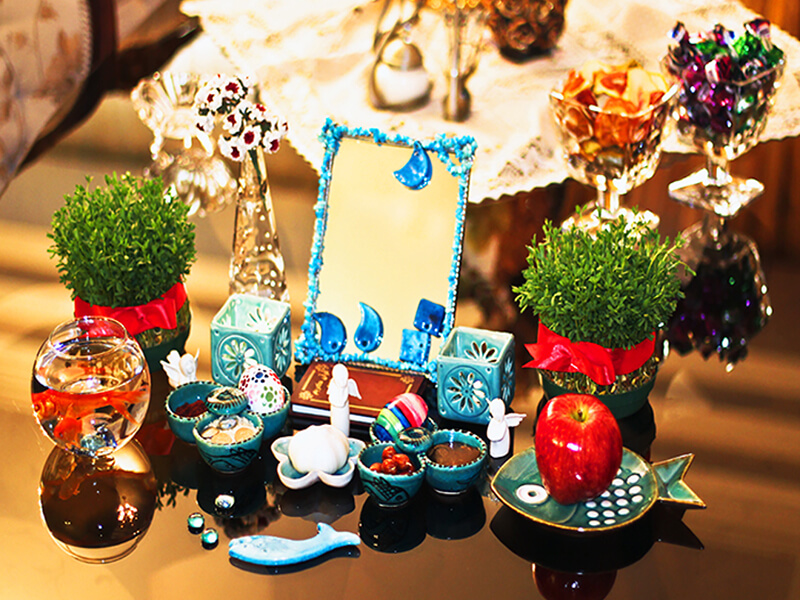
Nowruz is the Persian New Year. But you don’t have to be Persian to celebrate. It’s no coincidence it falls on the first day of spring. The Iranian calendar is a solar calendar, meaning time is determined, through astronomical observations, by Earth’s movement around the sun. So, the first day of the year always kicks off with the natural phenomenon of the vernal equinox. As spring arrives in the Northern Hemisphere, so does Nowruz, the Persian New Year. The name Nowruz comes from Avastin meaning “new day/daylight”. Nowruz is celebrated March 20/21 each year.
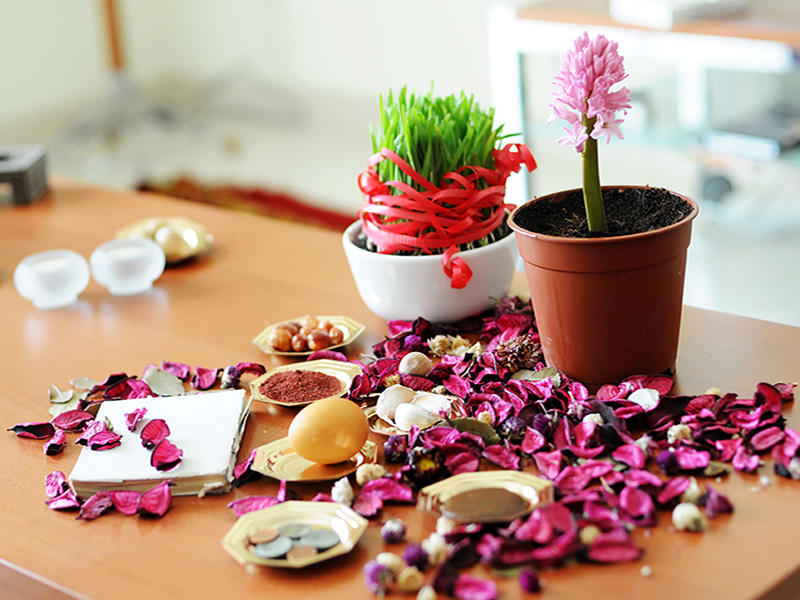
Nowruz has been celebrated for at least 3,000 years and is deeply rooted in the rituals and traditions of the Zoroastrian religion. Today the festival of Nowruz is celebrated in Iran, Iraq, India, Afghanistan, Tajikistan, Uzbekistan, Azerbaijan, Kazakhstan, and Kyrgyzstan. In 2010, the United Nations General Assembly officially declared 21 March as international Nowruz Day.
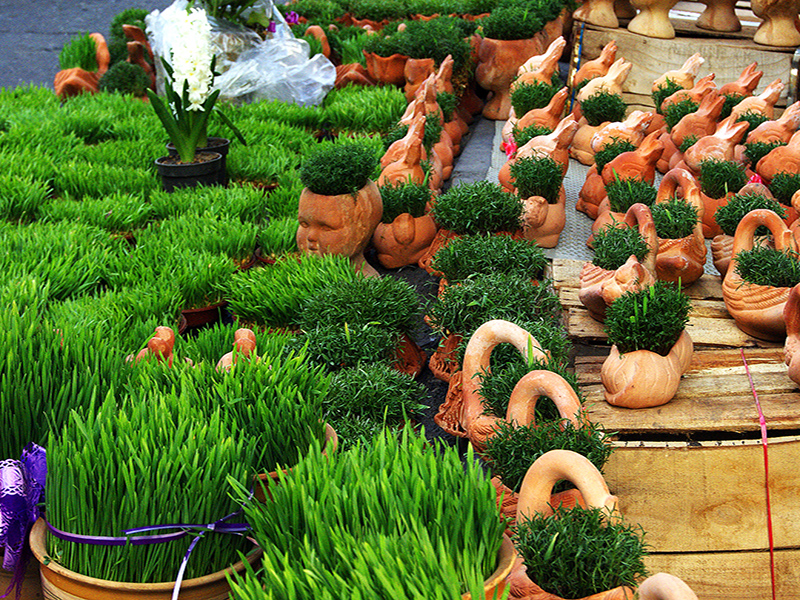
On the last Wednesday of the year, Chaharshanbe Soori (or, “Red Wednesday”), crowds gather in public places and jump over bonfires, singing traditional songs and repeating the phrase, “Give me your beautiful red color and take back my sickly pallor!” The fire serves as a symbol of light and good, while families wish for enlightenment and happiness for the new year. children run through the streets banging loudly on pots and knocking on doors, asking for sweets or money. It’s sort of like Halloween.
On the New Year’s Eve Sabzi Polo Ba Mahi is eaten. Sabzi Polo (a mixture of rice and chopped herbs) Ba [with] Mahi (fried fish) is the most popular dish among Iranians served on the eve or first day of Nowruz. Fish is the symbol of life. It represents the beginning of a new life and movement (coming out of winter and into spring). Sabzi polo is commonly used (along with many other greens during Norouz) to symbolize the fertility of spring and the start of life for the new year.
The fish symbolism in ancient Iran started with Zoroastrianism. It symbolizes protection, good luck and prosperity. It also is a symbol of the importance of clean water.
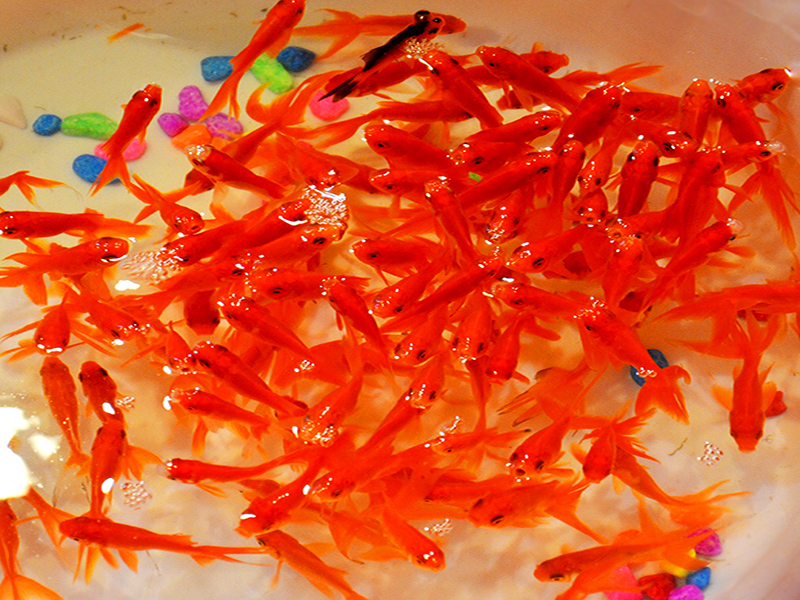
In these same weeks leading up to the actual day, families also set aside a space for a “haft-seen,” or a collection of items that symbolize a different hope for the new year. While some families add their own variations to the haft-seen there are seven things that are always included:
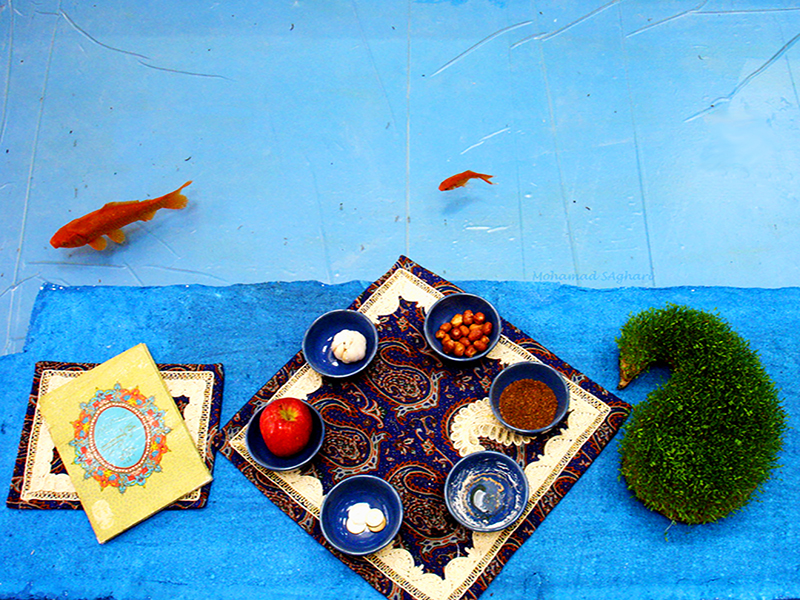
While these seven S items are the foundation of a haft-seen (which literally means “seven S’s”), the tradition has evolved to the point where there are several other things you can include. For example, when I was growing up, my family’s haft-seens always included a mirror symbolizing reflection, colored eggs for fertility, coins for prosperity, poetry books or the Quran to symbolize education and enlightenment and, if we were feeling ambitious, a live goldfish for new life (an ironic association in my house, where pretty much every goldfish we brought home died immediately).
Iranian families also welcome the new year with sparkling homes and new clothes. They visit friends and neighbors and share meals and host parties. Communities come together to celebrate the beginning of spring and do so in hopes they will always be surrounded by healthy and clean surroundings, like their home.
And the celebrations don’t end when people ring in the new year. Thirteen days after Nowruz, families head outdoors and throw the wheat grass they’ve been growing (and using to decorate Haft Sin tables) into flowing waters. The tradition is maintained on the 13th day after the new year, a number usually considered unlucky. To ensure good luck for the year, communities throw out the wheat grass, which is said to absorb all the negative energy from each home.
